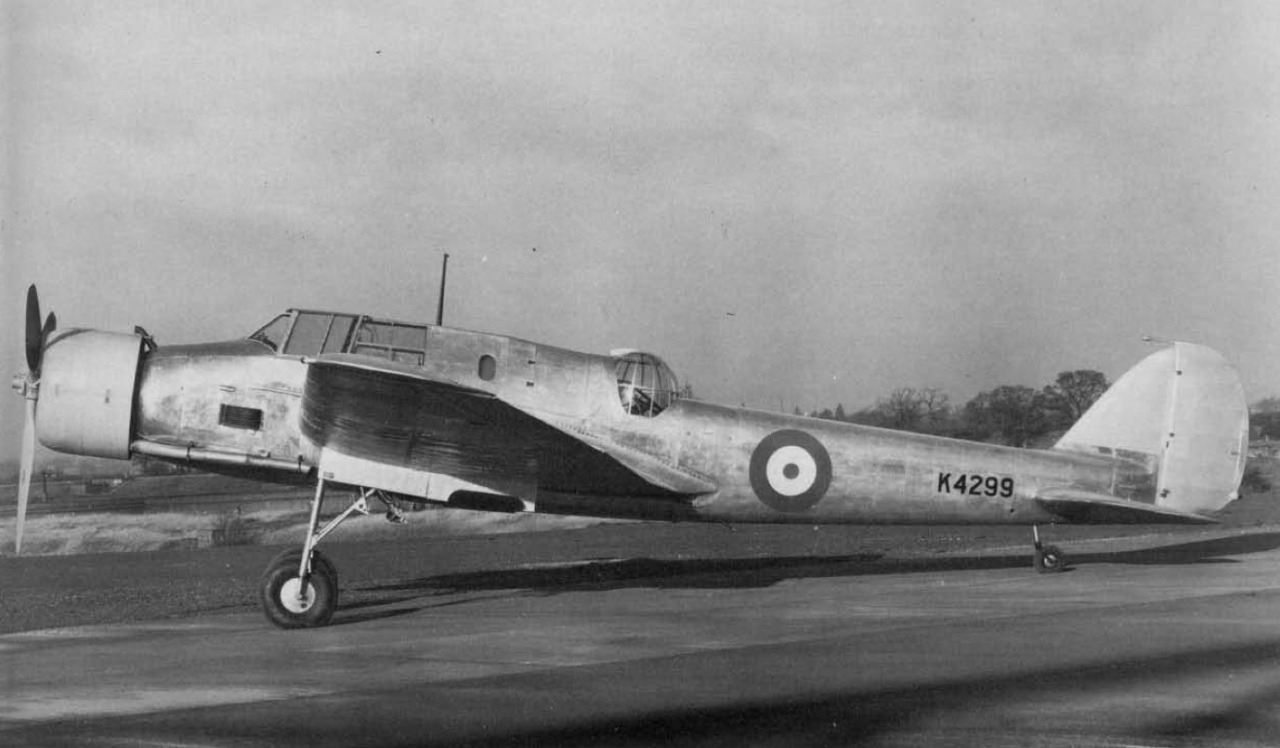IMO - too the Air Ministry should not just used a 'carrot' but should not have been afraid of using the 'stick' - so if Fairey said they didn't want to make Seafires, then tell them, 'in that case we won't ask again, we'll tell you, you won't have much else to build'!.
Doesn't appear to have been Fairey saying he wouldn't make them, more the AM wanting Whirlwinds.
McKinstry, Leo. Spitfire (Kindle Locations 2736-2742). Hodder & Stoughton. Kindle Edition.
At first it had been conceived that Sir Richard Fairey would be asked to manufacture 300 Spitfires at his Stockport factory, but this had been superseded – despite the reservations of Sir Wilfrid Freeman – by the order placed in May 1938 for 1,000 Spitfires from the Nuffield factory in Birmingham. An argument now started as to which fighter Sir Richard’s firm should build. In July 1938, at one of the Secretary of State’s progress meetings, the Deputy Chief of the Air Staff, Air Vice-Marshal R. E. C. Pierse, graphically revealed the extent of official disillusion with the Spitfire, all but declaring it to be outdated before it had even gone into service. Pierse said that what the RAF needed was a cannon fighter, and the Westland machine was the answer. ‘He would like to press very strongly that Fairey’s should build the Westland fighter.’ Sir Ernest Lemon agreed, adding that ‘it would be a mistake to give Fairey’s an order for an obsolescent type of fighter when they had the design staff to produce a better type.’ The clear implication, as the Secretary of State for Air, Sir Kingsley Wood, pointed out, was that ‘the Air Staff would regard the Spitfire as obsolescent by the time it could be put into production by Fairey’s.’ Sir Wilfrid Freeman, however, warned that the Spitfire, for all its problems, was now in production, whereas the Westland fighter had yet to be properly tested. At the end of the meeting it was agreed that, if the Westland model proved successful, then Fairey’s should manufacture this type. If not, then Fairey’s would be asked to produce an additional quantity of Spitfires.
The successful initial trials of the Westland, powered by two Rolls-Royce Peregrine engines – a development of the Kestrel – further diminished the standing of the Spitfire. At a ministerial progress meeting in November 1938 Sir Cyril Newall, having again expressed regret at the lack of any cannon-gun fighters in the RAF, told Wood that ‘he would like to place orders at once for the Westland fighter.’ The first of this type, he said, ‘had already flown and was expected to have a speed in the neighbourhood of 400 mph, which was a considerable advance on the Hurricane and Spitfire’. Freeman felt that, despite a satisfactory first flight of the Westland, it was too soon for such a step. But Newall’s scorn for the Spitfire could not be held back. At a progress meeting in December, he urged that the Nuffield factory, once it was operating, should be instructed to make the Westland fighter rather than the Spitfire. When other officials said that, even on the most optimistic timetable, the Westland could not be in production before 1940, he condemned such thinking as too conservative, arguing that there was no reason to delay until every drawing had been completed and every type of raw material ordered. Furthermore, he believed that the prime duty of the Supermarine factory was to assist in this process at the Nuffield plant, not continue to build the unwanted Spitfire. ‘He thought that Supermarine’s should concentrate on the manufacture of such parts for the Westland fighter and go on to the manufacture of other parts as the drawings and materials became available. By doing this it might be possible to reduce the size of the additional Spitfire order and to bring the Westland fighter into production at an earlier date.’


